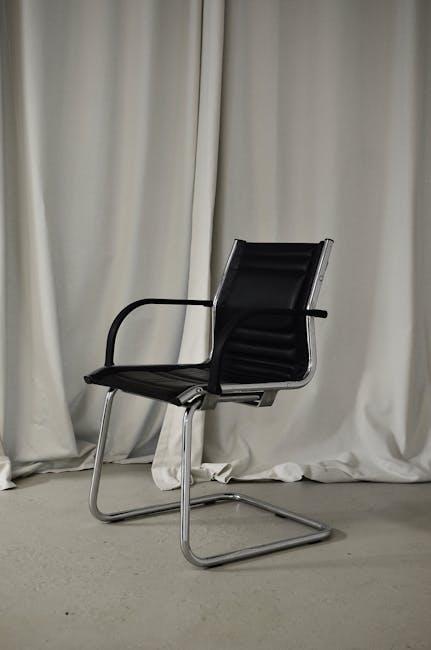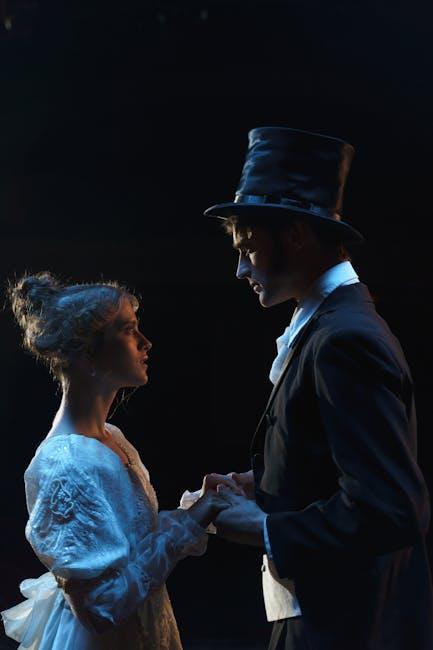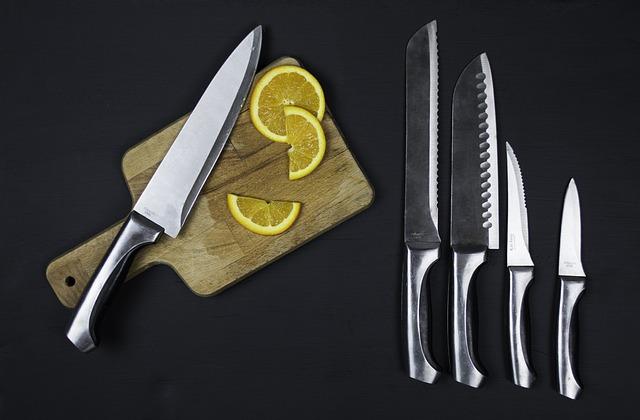In the realm of historical dramas, where stories of bygone eras unfold with vivid intensity, the art of set design plays a pivotal role in transporting audiences to distant times. This year, the craft of building realistic sets has reached new heights, merging meticulous research with innovative techniques to breathe life into the past. As directors and designers collaborate to recreate the grandeur and grit of history, the sets become silent storytellers, whispering secrets of the ages to those who watch. Join us as we explore the fascinating world of set design in historical dramas, where authenticity meets artistry in a dance through time.
Crafting Authenticity: Techniques for Historical Accuracy
In the pursuit of historical authenticity, filmmakers are employing a variety of techniques to ensure their sets resonate with the past. One key approach is the use of period-appropriate materials. This involves sourcing authentic fabrics, woods, and metals to replicate the textures and appearances of bygone eras. By collaborating with historians and craftsmen, set designers can accurately recreate the environments that transport audiences back in time.
- Research and Documentation: Diving deep into historical records, photographs, and artifacts to gather essential details.
- Collaboration with Experts: Working closely with historians and cultural consultants to avoid anachronisms.
- Attention to Detail: Ensuring every prop and piece of furniture aligns with the historical context.
Another crucial element is the integration of digital technology. While practical sets form the foundation, visual effects enhance the scale and grandeur of historical settings. This blend of tangible and digital artistry not only maintains the illusion of reality but also allows for dynamic storytelling that captivates modern audiences.

The Role of Research: Unearthing the Past for Set Design
In the intricate world of historical drama set design, research serves as the backbone. It is the meticulous process of delving into the annals of history that allows designers to create environments that are not only visually captivating but also authentic. This involves an exploration of various sources, such as:
- Archival photographs and paintings that offer a glimpse into the architectural styles of the period.
- Historical documents that reveal the materials and construction techniques used in bygone eras.
- Personal letters and diaries that provide insights into the everyday life and settings of the time.
By piecing together these fragments of the past, set designers craft worlds that transport audiences, ensuring that every detail—from the grandest building to the smallest prop—echoes the truth of its time. The result is a tapestry of visual storytelling that resonates with authenticity and depth.

Material Matters: Choosing the Right Elements for Period Detail
Crafting an authentic historical drama hinges on the meticulous selection of materials that reflect the era portrayed. The texture, color, and composition of these elements play a pivotal role in transporting audiences back in time. When choosing materials, consider the following elements to enhance period accuracy:
- Wood: Opt for aged oak or mahogany to evoke a sense of timelessness. The grain and finish can speak volumes about a character’s social status or the era’s prevailing architectural style.
- Fabrics: Silk, wool, and linen are staples of historical wardrobes. Each fabric tells a story of trade routes and technological advancements of the time.
- Metals: Bronze and wrought iron can add authenticity, especially in set pieces like chandeliers or door handles, grounding the set in historical reality.
Incorporating these materials with attention to detail ensures that each set piece becomes a narrative tool, enhancing the storytelling through its silent but impactful presence.

Collaboration with Historians: Ensuring Credible Environments
In the intricate world of historical dramas, the collaboration with historians is pivotal in crafting environments that resonate with authenticity. Historians bring a wealth of knowledge, offering insights that help bridge the gap between past and present. By partnering with these experts, set designers can delve into the nuances of different eras, ensuring that every detail, from architecture to artifacts, is meticulously accurate.
Key elements of successful collaboration include:
- Research Workshops: Interactive sessions where historians share crucial historical context and visual references.
- Artifact Consultation: Historians provide guidance on selecting and recreating period-specific items.
- Script Analysis: Collaborating on the script to align dialogue and events with historical facts.
- Continuous Feedback: Ongoing discussions to refine set designs and maintain historical integrity.
By embedding these practices into the production process, filmmakers can craft sets that not only captivate audiences but also honor the rich tapestry of history.

